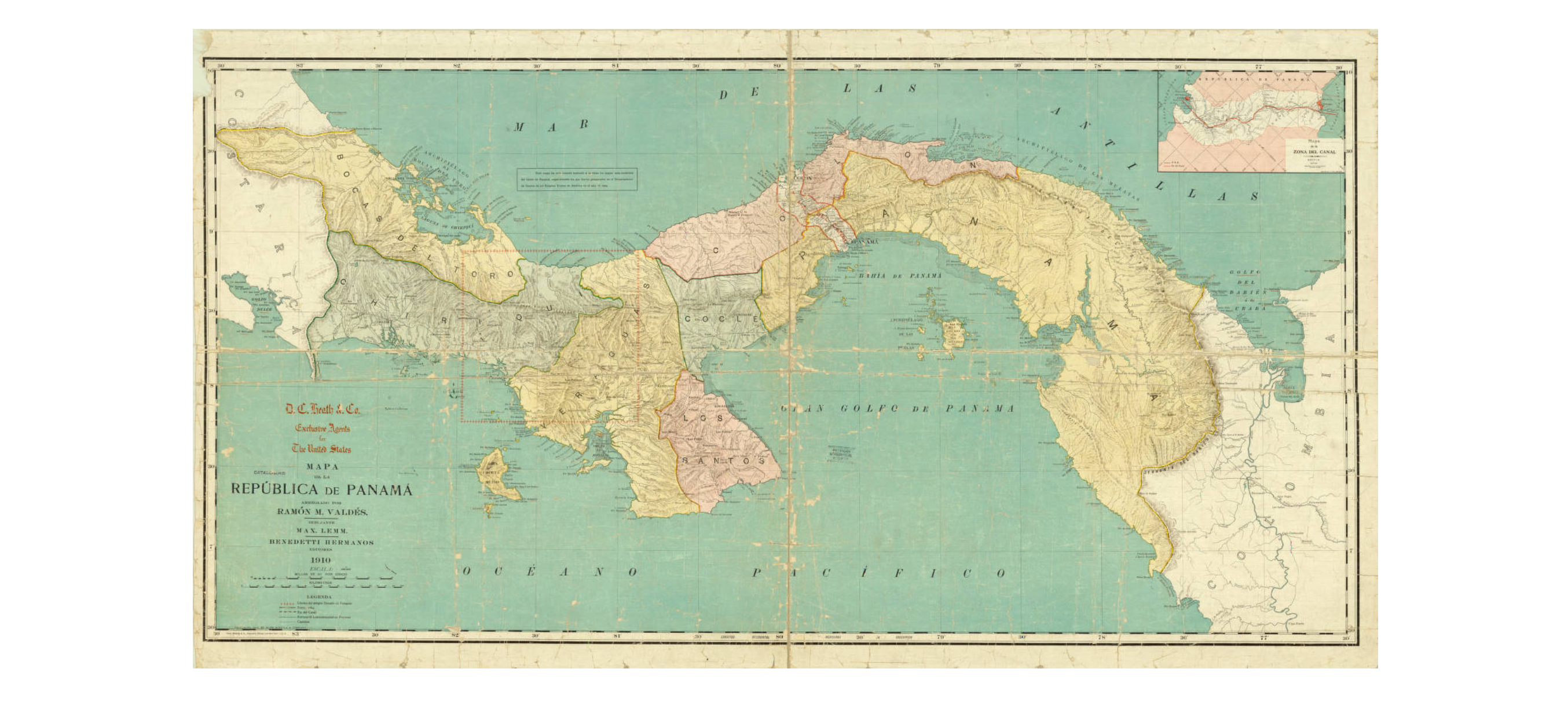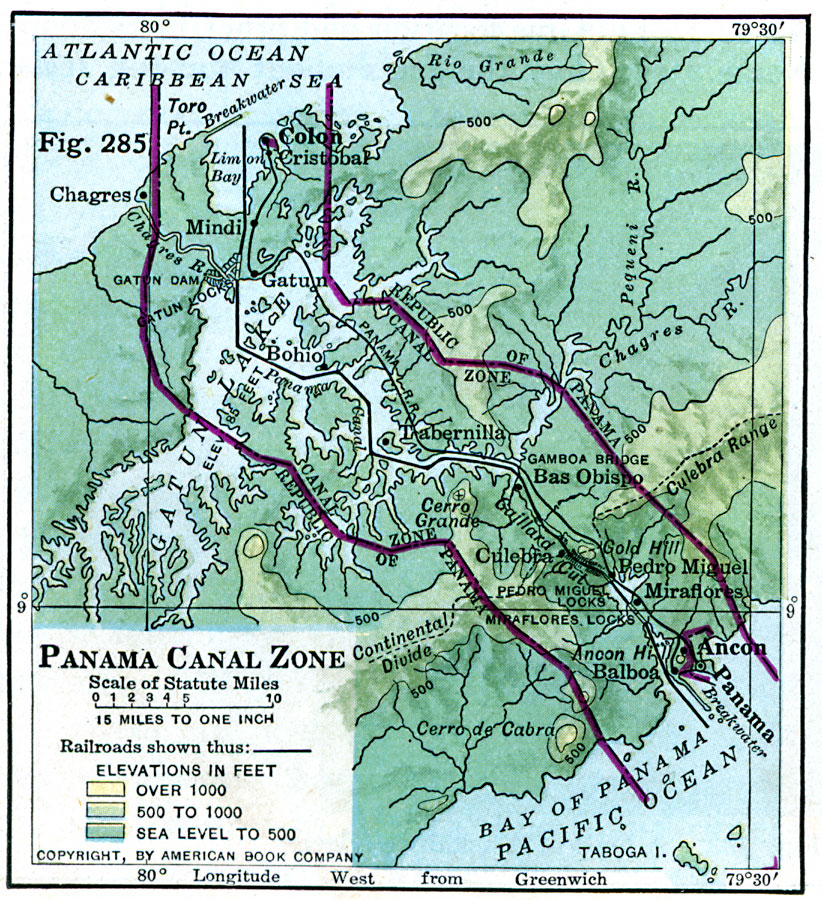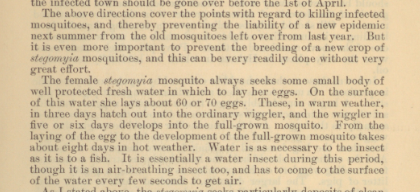
Map of the Isthmus of Panama, 1910, University of Winconsin,
This shows a map of Panama before the Canal
The Panama Canal broke physical, geographical, technological and scientific barriers during construction.

Map of the Isthmus of Panama, 1910, University of Winconsin,
This shows a map of Panama before the Canal

Map of the Panama Canal Zone, 1916, South Florida University,
This shows a map of Panama post-construction of the Canal
The Panama Canal broke obvious geographical barriers by connecting both the Pacific and Atlantic oceans– this required a great deal of effort and geographically changed the world permanently.

Instructions to avoid Malaria, 1904, The National Library of Medicine
This is page 13 of the journal by Gorgas Crawford, the chief sanitary officer of the Panama Canal, on how to avoid Malaria. This is a showcase of scientific discovery, and therefore how the Panama Canal broke scientific barriers.
Amazing timelapse on the Canal, October 23, 2017, Business Insider
This shows the innovative functionality of the Canal
As can be seen with the video above, the Canal used an extremely innovative strategy. Consequently, this Canal— which is 65 kilometers in length— saved 15,000 nautical kilometers! This broke technological barriers because of its scale and functionality. Unfortunately, during the first few years of construction, many workers died of Malaria and Yellow Fever. However, William Gorgas, the chief sanitary officer of the Panama Canal, pioneered new techniques to counter these diseases, which broke that barrier.